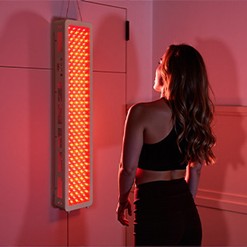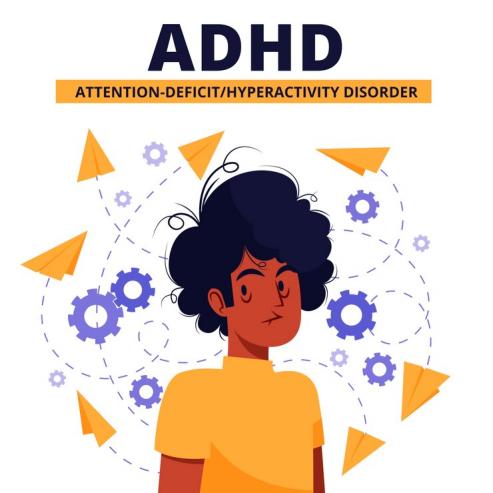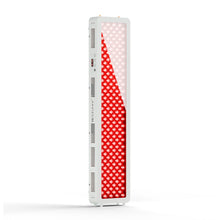Author:manikmadaan
In recent years, red light therapy has gained traction as a potential solution for various health and wellness issues. From improving skin health to enhancing athletic performance, the claims surrounding this therapy are intriguing. In this article, we’ll explore the findings from a 30-day experiment with red light therapy, revealing the surprising results and benefits experienced along the way.
What is Red Light Therapy?
Red light therapy (RLT) involves exposing the skin to low levels of red or near-infrared light. This type of light penetrates the skin and is believed to stimulate cellular processes, particularly in the mitochondria, which are the powerhouses of our cells. According to research, RLT can enhance mitochondrial efficiency, leading to improved cellular function, skin rejuvenation, and even faster recovery from injuries.

How Does It Work?
- Mitochondrial Efficiency: RLT increases the production of cytochrome c oxidase, an enzyme that helps mitochondria utilize oxygen more effectively. This results in increased ATP (adenosine triphosphate) production, which is essential for energy in our cells.
- Nitric Oxide Replacement: RLT can also help replace nitric oxide in cells, a vasodilator that improves blood flow to various organs, including the skin. This enhanced circulation can lead to noticeable improvements in skin health and overall vitality.
The Experiment Begins: Day 1 to Day 30
Initial Setup
The doctor purchased a red light therapy device after extensive research, including recommendations from the biohacking community. The chosen device featured both red and near-infrared light with 200 LED bulbs, providing ample coverage for effective treatment.
Daily Routine
The doctor committed to a daily routine of 20 minutes of red light exposure, sitting approximately 6 to 12 inches away from the device. The initial experience was warm and soothing, akin to basking in sunlight.
Notable Changes
- Day 3: The doctor reported improved skin elasticity and a reduction in the visibility of scars. Sleep quality also improved, possibly due to the therapy.
- Day 8: Remarkably, energy levels surged, even after consuming a heavy meal. The doctor felt more energized and less inclined to nap, which was a significant change.
- Midway Through: Friends and colleagues began to notice the doctor’s glowing skin and increased vitality. Even a senior doctor colleague experienced relief from shoulder pain after trying the therapy.
Final Observations
After 30 days of consistent use, the doctor noted several key benefits:
- Increased Energy: A 100% boost in energy levels, with no need for daytime naps.
- Improved Sleep Quality: Enhanced deep sleep and reduced sleep latency, as evidenced by Fitbit data.
- Cognitive Benefits: A noticeable reduction in brain fog, allowing for clearer communication without reliance on scripts.
- Skin Health: Clearer skin with zero acne, a significant improvement from previous conditions.
- Muscle Recovery: No post-workout soreness despite high-intensity training, leading to better overall performance.

Conclusion: Is Red Light Therapy Worth It?
While the doctor did not transform into a superhero, the results of the 30-day red light therapy experiment were undeniably positive. Increased energy, improved sleep, enhanced skin health, and reduced pain were just a few of the benefits experienced.
If you’re considering red light therapy, it may be worth exploring, especially if you’re looking for a non-invasive way to boost your health and wellness. As the doctor plans to continue this therapy for a year, the potential for cumulative benefits is exciting.
Final Thoughts
Red light therapy is backed by a growing body of research and anecdotal evidence. If you found this article helpful, consider subscribing for more insights into health and wellness trends. Thank you for reading!















 Small
Small

 Moderate
Moderate

 Moderate
Moderate

 Moderate
Moderate

 Full
Full



